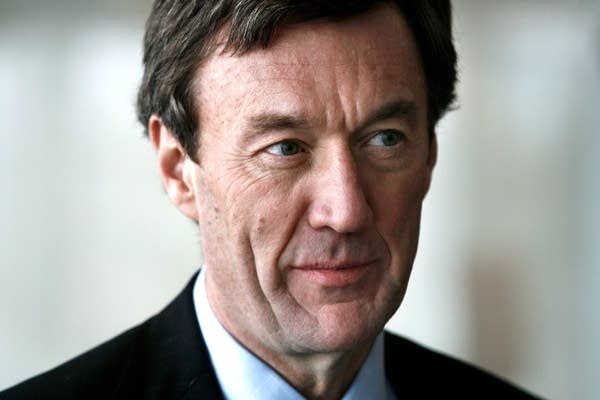Mayo Clinic reports positive earnings; lays out future plans

The Mayo Clinic in Rochester surpassed its financial plan last year and brought in a profit of 4.4 percent; about $333 million. Since the clinic is a non-profit, that income is put back into patient care, education and research.
Mayo's Chief Financial Officer Jeff Bolton said after a slow start during the first quarter of 2009, the clinic worked with staff to help drive down costs.
"We had a long list of actions that were focused on quality improvement, streamlining and standardizing our work processes," Bolton said. "And quite frankly, placing tighter controls on our expenses."
Between 2008 and 2009, the total number of jobs at Mayo clinics in Minnesota, Florida and Arizona declined by about 1,000, mostly through attrition.
Create a More Connected Minnesota
MPR News is your trusted resource for the news you need. With your support, MPR News brings accessible, courageous journalism and authentic conversation to everyone - free of paywalls and barriers. Your gift makes a difference.
This clinic is based in Rochester and operates medical facilities in Florida and Arizona.
Because Mayo is a non-profit, Bolton said all income is reinvested into the clinic's patient care, education and research programs.
The Clinic's total revenue increased by about 5 percent, reaching $7.6 billion, Bolton said. Expenses in 2009 remained at 2008 levels, helping the clinic drive down costs.
The number of patient grew by 2,000 from 2008 to 2009, representing a $270 million increase in revenue.

Mayo Clinic Chief Administrative Officer Shirley Weis said improved efficiencies across the organization helped the clinic's bottom line.
"The goal was to drive down costs and to find ways to cost-effectively care for our patients and ensure that we see a broader mix of patients," Weis said. "Our strong operational performance in 2009 is due to the significant effort and innovation of our staff."
Mayo CEO John Noseworthy said he's confident about the future, despite the challenges the clinic faces. Among them: how federal health care reform will address Medicare.
Noseworthy and other Mayo officials contend the nation cannot successfully overhaul its healthcare system, unless Medicare starts rewarding systems that provide quality health care at reasonable prices.
"The tough external environment will become increasingly difficult," Noseworthy said "Looking ahead, health care providers are facing an influx of baby boomers into Medicare. Federal health care reform is in play, but there's still no decision on the level of Medicare funding for 2010."
Mayo is one of the largest providers of Medicare patients in the country.
"Left alone, the growth in the Medicare population would overwhelm our organization," Noseworthy said. "We are very well-suited to see Medicare patients, but we have to watch that because it's not a sustainable business model for the organization."
In 2010, Mayo plans to invest more in strategic priorities, including capital investments to complete an additional floor of one of the main buildings in Rochester and enhanced medical records for all its campuses.
